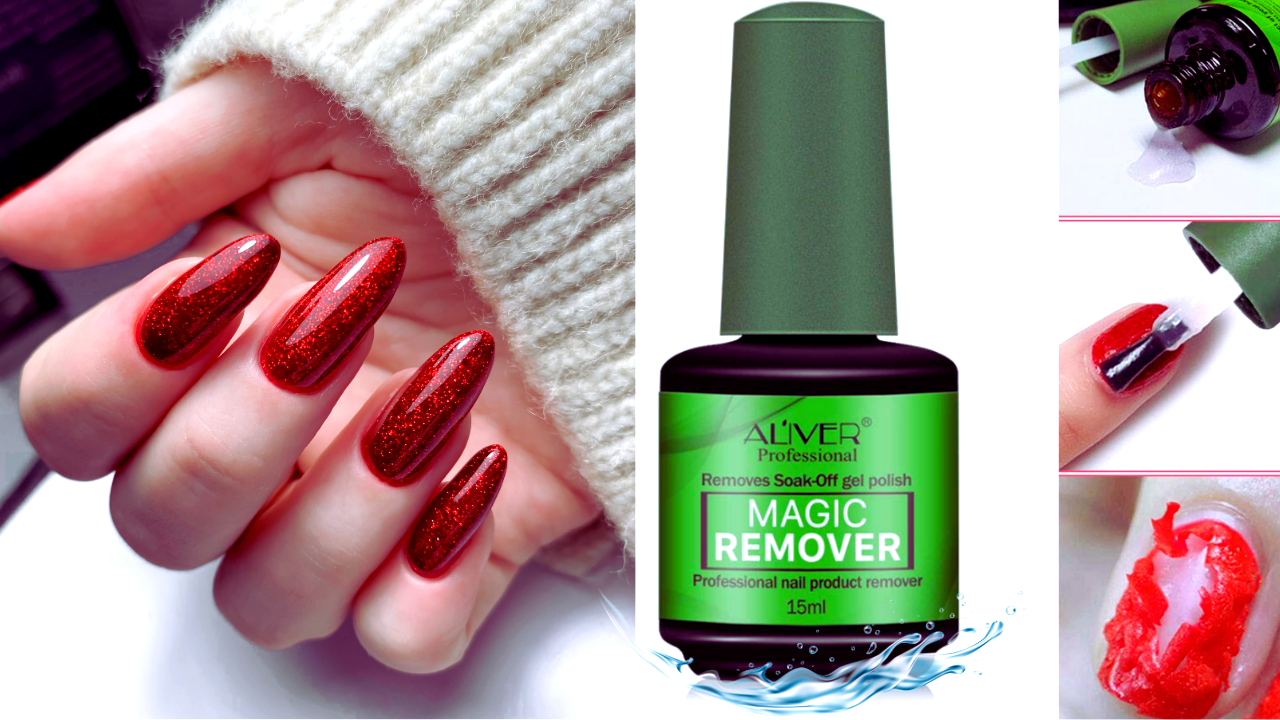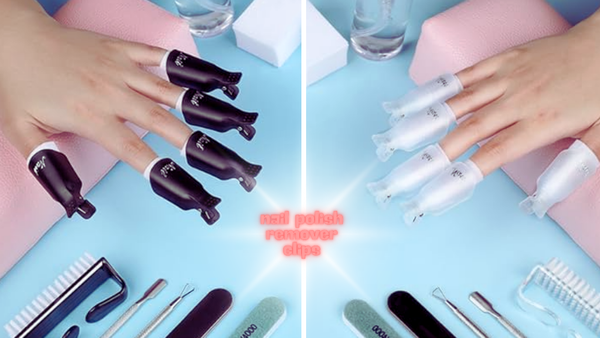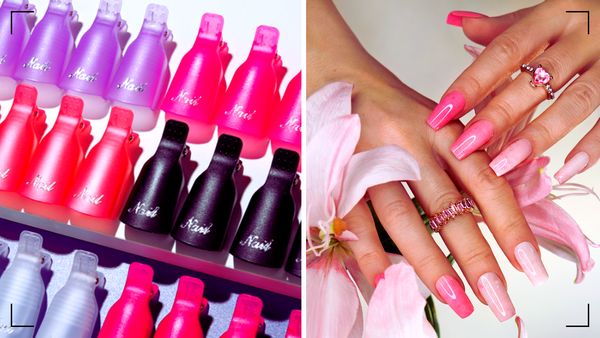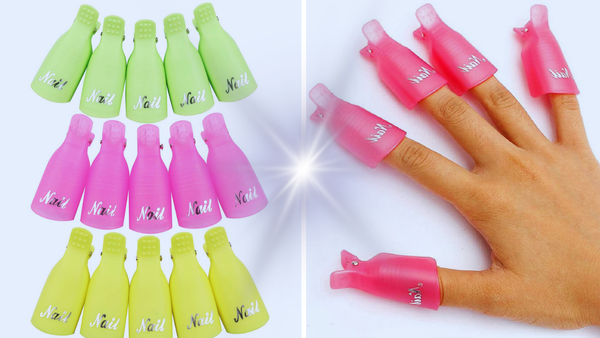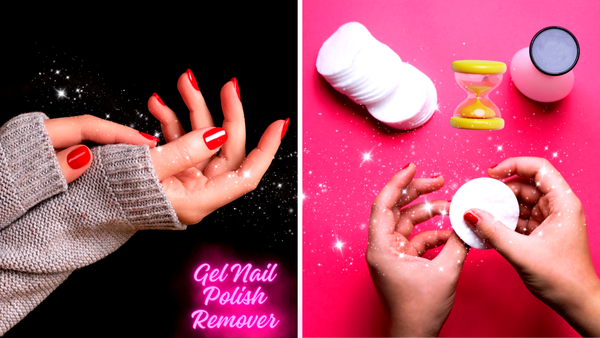Key Takeaways:
- Gel nail polish remover is essential for safely and effectively removing gel nail polish without damaging your natural nails.
- The process involves using acetone-soaked cotton balls, aluminum foil, and tools like a cuticle pusher and nail buffer.
- Proper removal techniques can help maintain the health of your nail bed and cuticles.
Introduction to Gel Nail Polish Remover
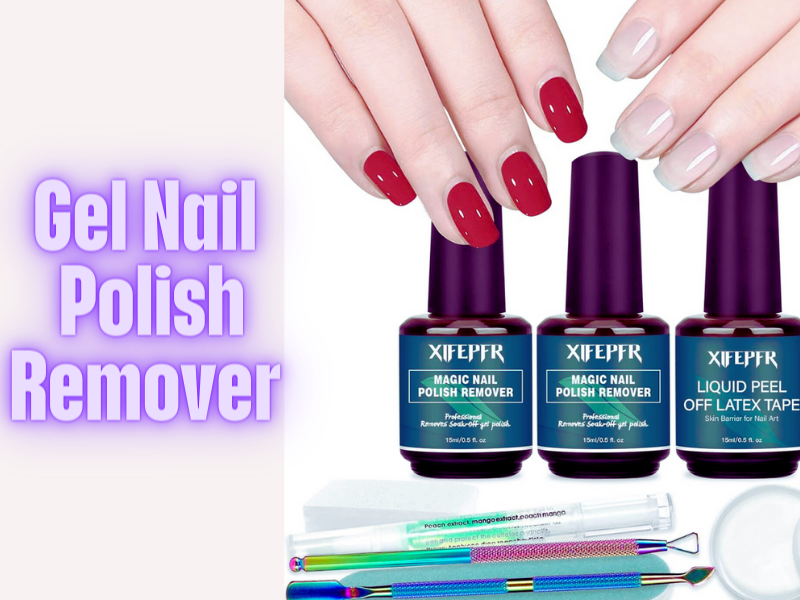
Gel nail polish has revolutionized the beauty industry, offering a long-lasting and glossy finish that traditional nail polish can't match. However, removing gel nail polish can be tricky if you don't know the right techniques. This article will delve into what gel nail polish remover is, how it works, and the best methods for removing it at home or in a professional nail salon.
What is Gel Nail Polish Remover?
Gel nail polish remover is a specialized product designed to break down gel polish's tough, durable layers. Unlike regular nail polish remover, which often contains acetone in lower concentrations, gel nail polish remover is typically pure acetone or a high-acetone formula. This is necessary to dissolve the resilient gel layers effectively.
The primary ingredient in most gel nail polish removers is acetone, a powerful solvent that can break down the polymers in gel polish. Some removers also include nourishing ingredients like vitamin E or cuticle oil to help mitigate the drying effects of acetone on your nails and skin.
Why Use Gel Nail Polish Remover?
Using gel nail polish remover is crucial for maintaining the health of your natural nails. Gel polish is designed to be durable and long-lasting, which means it adheres strongly to your nail plate. Attempting to peel or scrape off gel polish without the proper remover can lead to significant damage, including thinning of the nail plate and weakening of the nails.
Moreover, gel nail polish remover is formulated to work efficiently, reducing the time and effort required to remove gel polish. This is especially important for frequently changing nail designs or colors.
The Science Behind Gel Nail Polish Remover
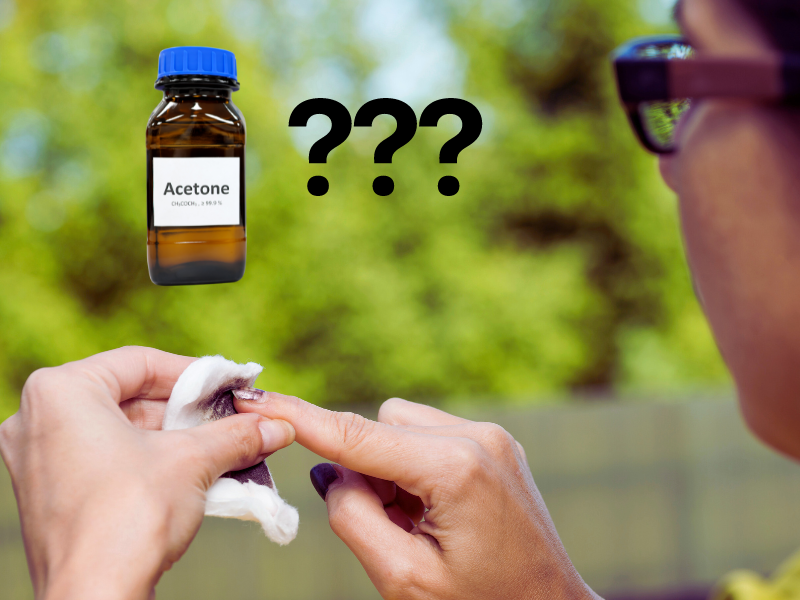
The effectiveness of gel nail polish remover lies in its primary ingredient: acetone. Acetone is a solvent that can break down the chemical bonds in gel polish, making it easier to remove. When you soak a cotton ball in acetone and place it on your nail, the acetone penetrates the gel layers, softening them so they can be gently scraped off.
In addition to acetone, some gel nail polish removers contain moisturizing agents like vitamin E or cuticle oil. These ingredients help counteract the drying effects of acetone, keeping your nails and cuticles hydrated and healthy..
Professional vs. At-Home Removal
While removing gel nail polish at home is convenient, there are benefits to having it done professionally. A professional nail salon has specialized tools and products that can make the process quicker and more efficient. Additionally, nail technicians are trained to remove gel polish without damaging your natural nails.
However, at-home removal can be just as effective with the right tools and techniques. It's all about following the proper steps and taking your time.
The Role of Acetone in Gel Nail Polish Remover
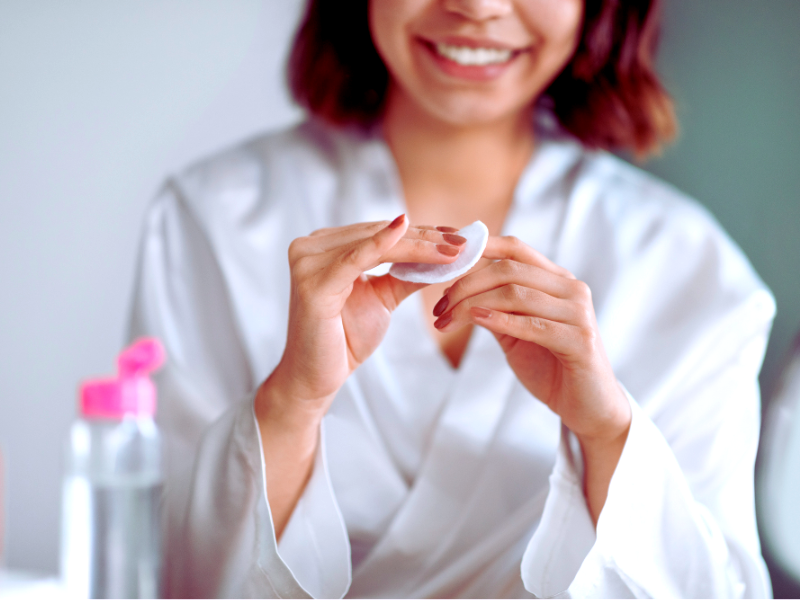
Acetone is the star player in gel nail polish remover. Its powerful solvent properties make it ideal for breaking down the tough layers of gel polish. However, acetone can be harsh on your skin and nails, so it's important to use it correctly.
When using acetone, ensure you're in a well-ventilated area, as the fumes can be strong. Additionally, consider using acetone-based removers that contain moisturizing agents to help counteract its drying effects.
Alternatives to Acetone
While acetone is the most effective option for removing gel nail polish, there are alternatives for those with sensitive skin or who prefer a gentler approach. Some non-acetone removers use ethyl acetate or other solvents, which are generally less effective and may require more time and effort.
Another alternative is using a gel polish remover kit, which often includes a special remover solution and tools designed to make the process easier. These kits can be a good option for those who want a more controlled and less harsh removal process.
How Often Should You Remove Gel Nail Polish?
It's important not to overdo it when it comes to gel nail polish. Frequent removal can weaken your nails over time. Ideally, you should give your nails a break between gel manicures to allow them to recover and stay healthy.
The Role of Cuticle Oil in Gel Nail Polish Removal
Cuticle oil plays a vital role in maintaining nail health, especially after using gel nail polish remover. Acetone can be drying, so applying cuticle oil helps replenish lost moisture and keeps your cuticles soft and healthy.
The Impact of Gel Nail Polish Remover on Natural Nails

While gel nail polish remover is effective, it can have an impact on your natural nails. Acetone can strip away natural oils, leading to dryness and potential weakening of the nail plate. It's essential to follow up with proper nail care to mitigate these effects.
The Best Practices for Removing Gel Nail Polish
To ensure a safe and effective removal process, follow these best practices:
- File the Top Coat: Gently file the top layer of your gel nails to break the seal.
- Use Acetone-Soaked Cotton Balls: Soak cotton balls in pure acetone and place them on your nails.
- Wrap in Foil: Wrap each finger in aluminum foil to hold the cotton balls in place.
- Wait Patiently: Allow the acetone to work for 10-15 minutes.
- Gently Scrape: Use a cuticle pusher to scrape off the softened gel polish gently.
- Buff and Moisturize: Buff your nails and apply cuticle oil to keep them hydrated.
Mastering Gel Nail Polish Removal

Removing gel nail polish can be a delicate process, but with the right tools and patience, it can be done effectively and safely. Aluminum foil plays a crucial role by creating a warm environment that enhances the effectiveness of acetone and keeping the acetone-soaked cotton balls in place. Patience is essential, as rushing the process can cause damage and frustration. A nail buffer is also key, smoothing and polishing your nails to remove any remaining residue. While pure acetone is the most effective for breaking down gel polish, it can be harsh on nails and skin, so it's important to follow up with moisturizing products to prevent dryness and brittleness.
Tips and Techniques
Acetone-soaked cotton balls and foil wraps are essential for this process, but some removers include vitamin E to counteract drying. Vitamin E nourishes and protects your nails and cuticles, making it an excellent addition. A cuticle pusher is valuable for gently scraping off the softened gel, and it's crucial to use a gentle touch to avoid damaging your natural nails. After removal, moisturizing is vital to replenish lost moisture and maintain nail health. Using a gel polish remover kit can simplify the process, offering all the necessary tools for a controlled and effective removal.
The Importance of Proper Nail Care
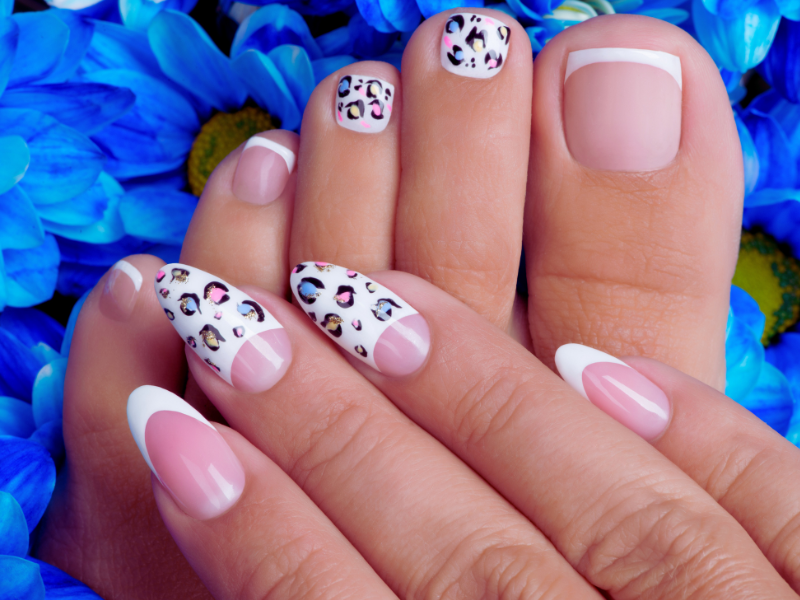
While gel polish remover kits offer convenience, they might not be as effective as pure acetone, often requiring more time and effort. An orangewood stick is great for gently pushing back cuticles and scraping off softened gel polish without damaging your nails. Proper nail care is crucial, and this includes moisturizing with cuticle oil, though it should be used in moderation to avoid greasiness. After removal, use a nail buffer to smooth and polish your nails, removing any residue and leaving them shiny and healthy. Adding a nail strengthener can provide extra protection and prevent breakage. Lastly, giving your nails a break between gel manicures helps maintain their strength and health, preventing the brittleness that can result from frequent gel
Nail Care Essentials: Buffers and Strengtheners
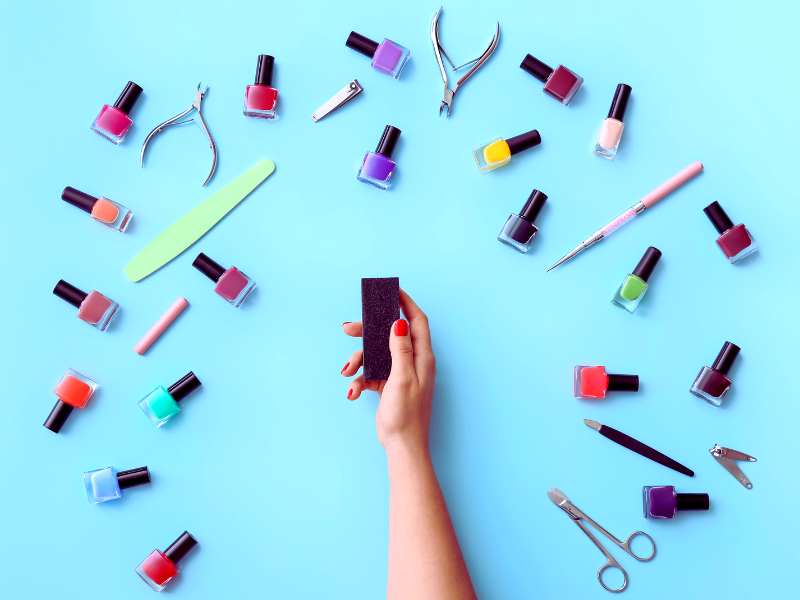
Using a nail buffer helps keep your nails smooth and polished, removes remaining gel nail polish, and leaves them healthy and shiny. However, it's important to use it in moderation, as over-buffing can thin and weaken your nails. A nail strengthener is equally essential in post-removal care, providing an extra layer of protection to prevent breakage and splitting. It helps rebuild and maintain the health of your nails after gel polish removal. Yet, like the buffer, it should be used in moderation to avoid making your nails brittle and weak. Proper use of both tools can ensure your nails stay strong and beautiful.
Summary
Gel nail polish remover is essential for safely and effectively removing nail polish without damaging your natural nails. The process involves using acetone-soaked cotton balls, aluminum foil, and tools like a cuticle pusher and nail buffer. Proper removal techniques can help maintain the health of your nail bed and cuticles. Whether you remove gel polish at home or in a professional nail salon, following the right steps and using the right tools is crucial for a safe and effective removal process.
FAQ
Can I use regular nail polish remover to remove gel nail polish?
Regular nail polish remover is not effective for removing gel nail polish. Gel polish is designed to be durable and long-lasting, and regular remover does not have the strength to break down the tough layers. It's best to use a gel nail polish remover that contains pure acetone.
How often should I remove and reapply gel nail polish?
It's important to give your nails a break between gel manicures to allow them to recover and stay healthy. Ideally, you should wait at least a week between gel applications to prevent weakening and damage to your natural nails.
What should I do if my nails feel weak after removing gel polish?
If your nails feel weak after removing gel polish, it's important to follow up with proper nail care. Use a nail strengthener to help rebuild and protect your nails, and apply cuticle oil to keep your cuticles soft and hydrated. Giving your nails a break from polish can also help them recover fully.
